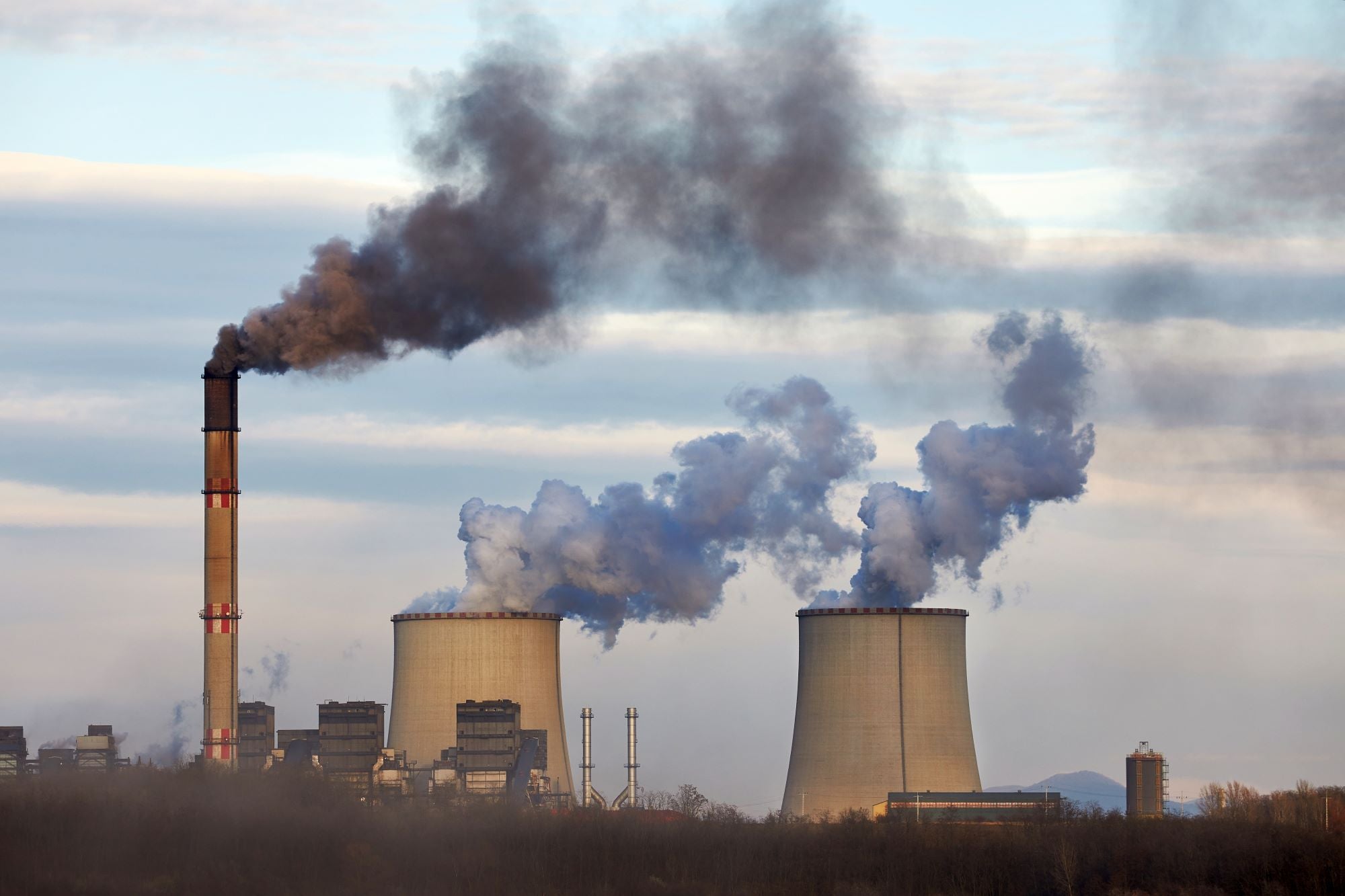
A new report has revealed that UK electricity generation from fossil fuels has fallen to the lowest level since 1957. Analysis from Carbon Brief, published on 3 January, shows a 22% year-on-year drop in fossil fuel usage in 2023, meaning fossil fuels account for just 33% of the UK’s energy mix.
Electricity generated from fossil fuels in 2023 totalled 104 terawatt-hours (TWh), the lowest level in 66 years. Since peaking in 2008, UK fossil fuel usage has fallen by two thirds, with coal usage in particular dropping by 97% since then. Three of the UK’s four coal-fired power stations closed in 2023, triggering a 33% plunge in coal power generation. The final remaining station, Ratcliffe in Nottinghamshire, is slated for closure in September 2024. In 2022, UK coal demand plummeted to levels not seen for several centuries, hitting the lowest level since 1757.
How well do you really know your competitors?
Access the most comprehensive Company Profiles on the market, powered by GlobalData. Save hours of research. Gain competitive edge.

Thank you!
Your download email will arrive shortly
Not ready to buy yet? Download a free sample
We are confident about the unique quality of our Company Profiles. However, we want you to make the most beneficial decision for your business, so we offer a free sample that you can download by submitting the below form
By GlobalDataMeanwhile, renewable electricity output has seen a meteoric rise since the fossil fuel peak in 2008, increasing sixfold to reach 135TWh in 2023. In a significant win for UK renewable energy, the Dogger Bank wind farm off the coast of Yorkshire sent power to the UK’s grid for the first time, with generation capacity at the facility set to increase in the coming years. Upon completion in 2026, Dogger Bank will be the world’s largest offshore wind farm, capable of generating 3.6GW.
Low-carbon sources of energy now account for 56% of UK electricity generation – still far short of the government’s goals of a 95% low-carbon mix by 2030 and a fully decarbonised grid by 2035. A drop in nuclear output means that low-carbon electricity generation has fallen just shy of 2022’s low-carbon peak of 57%. The UK is not the only nation whose nuclear industry is facing challenges, with the World Nuclear Industry Status Report noting a 4% decline in global nuclear output.






